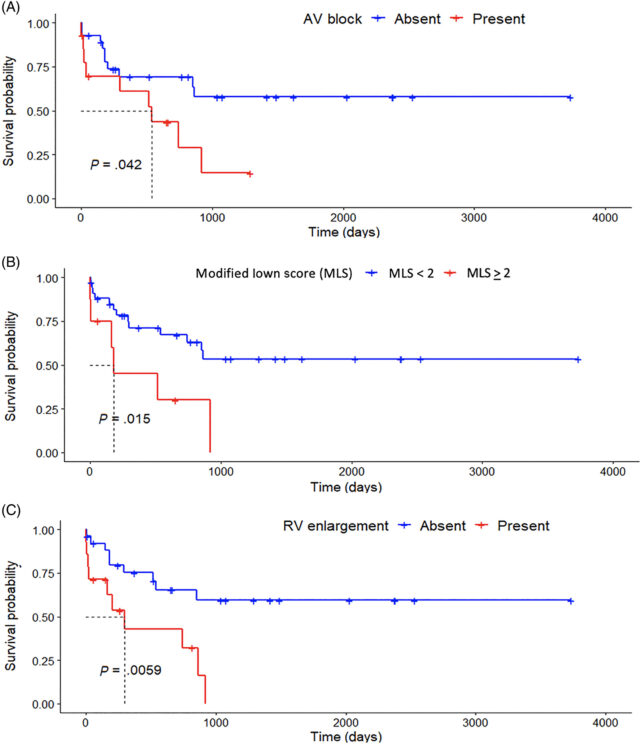Title: Fatal Chagas myocarditis in government working dogs in the southern United States: Cross-reactivity and differential diagnoses in five cases across six months
Authors: Alyssa C. Meyers, Erin E. Edwards, John P. Sanders, Ashley B. Saunders, and Sarah A. Hamer
Journal/Date of Publication: Veterinary Parasitology: Regional Studies and Reports, 2021
DOI: 10.1016/j.vprsr.2021.100545
Objective: A case series describing Chagas myocarditis in working dogs in the southern United States.
Type of Study: Case series
Conclusions:
- Chagas myocarditis can be rapidly fatal in dogs, characterized by sudden death, elevated cardiac troponin I concentrations, and ECG abnormalities.
- Serological cross-reactivity with Leishmania spp. poses challenges in diagnosis, requiring multiple testing methods to confirm T. cruzi infection.
- Postmortem analysis showed severe myocarditis in all cases, though only one had histological evidence of amastigotes, while three tested positive for T. cruzi DNA with PCR.
Clinical Application:
- Diagnostic Approach: Use a combination of serology, PCR, and histopathology to increase diagnostic accuracy, particularly in endemic areas.
- Monitoring: Routine cTnI and ECG monitoring is recommended for seropositive dogs to detect early signs of myocarditis.
- Cross-Reactivity Considerations: In areas where both T. cruzi and Leishmania spp. are present, clinicians should be aware of cross-reactivity and confirm diagnoses with multiple testing modalities.
- Management of Infected Dogs: Despite infection, some dogs may continue to perform duties; however, sudden death highlights the need for heightened surveillance and potentially pre-emptive retirement in high-risk cases.
- Public Health Implications: Awareness of Chagas disease in working dog populations can be indicative of broader public health risks due to vector exposure.


